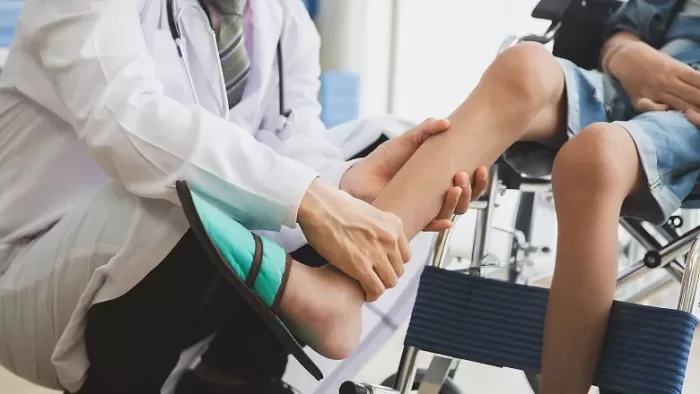Health
New Tool Identifies Which Cells Will Best Repair Muscles

Collaborators at King’s and UCL have published their findings on the tool which uses images to indicate the best cells to be implanted to repair damaged and diseased muscles.
Cells harvested from your own muscles could one day improve or even save your life if you are suffering from muscle loss after disease or an injury. The implantation of muscle cells offers an incredibly promising treatment for conditions such as muscular dystrophy, heart failure and incontinence.
However, progress has been hampered by inconsistent outcomes. A new tool developed in a collaboration between researchers from the Cellular Phenotyping Group at the Centre for Gene Therapy & Regenerative Medicine at King’s College London Centre and the Centre for Precision Healthcare at University College London could greatly improve the chances of success of this cell therapy approach.
In the therapy, a mixed population of stem cells and already specialised muscle cells are harvested from biopsies of patient skeletal muscle – the kind of muscle that contracts voluntarily. The cells are then expanded in a dish to produce more cells before being re-implanted into the patient. Here they should repopulate the area, fusing to become new muscle fibres which help the heart contract or sphincters open and close.
The benefit of harvesting the cells from the patient’s own muscles is that their immune system should not react when the cells are re-introduced to the body. Yet, harvesting cells from patients comes with its own problems. Factors such as age, gender, and other illnesses of the patient are thought to cause the cells to not grow or function as well post-implantation. After harvesting, the way the cells are preserved and cultured, which can differ from lab to lab, can also affect their function.
If clinicians can predict which muscle cells will not perform well, they can save time, money and lives by pursuing other, more effective treatment options. But, given the many factors which can negatively impact the cells it is often difficult to tell.
In the paper published in the Journal of Tissue Engineering, the UCL and King’s researchers are simplifying the issue. They have developed a tool which images live skeletal muscle cells and analyses intricate aspects of their shape. They have found that several of the properties measured were associated with better or worse muscle fibre formation.
The tool could be further developed and used to predict the success of cell therapy based on the physical characteristics of cells measured soon after harvesting. This simple and economical method could save precious time and achieve much more consistent cell therapy for sufferers of debilitating muscle injuries and disorders.
Davide Danovi, group leader at the Centre for Gene Therapy & Regenerative Medicine and co-author of this work commented:
“Imaging offers powerful and efficient ways to characterise and quality control cells; it is likely methods such as this will be soon applied for cell therapies”
– Dr Davide Danovi
Source: King’s College London






















































